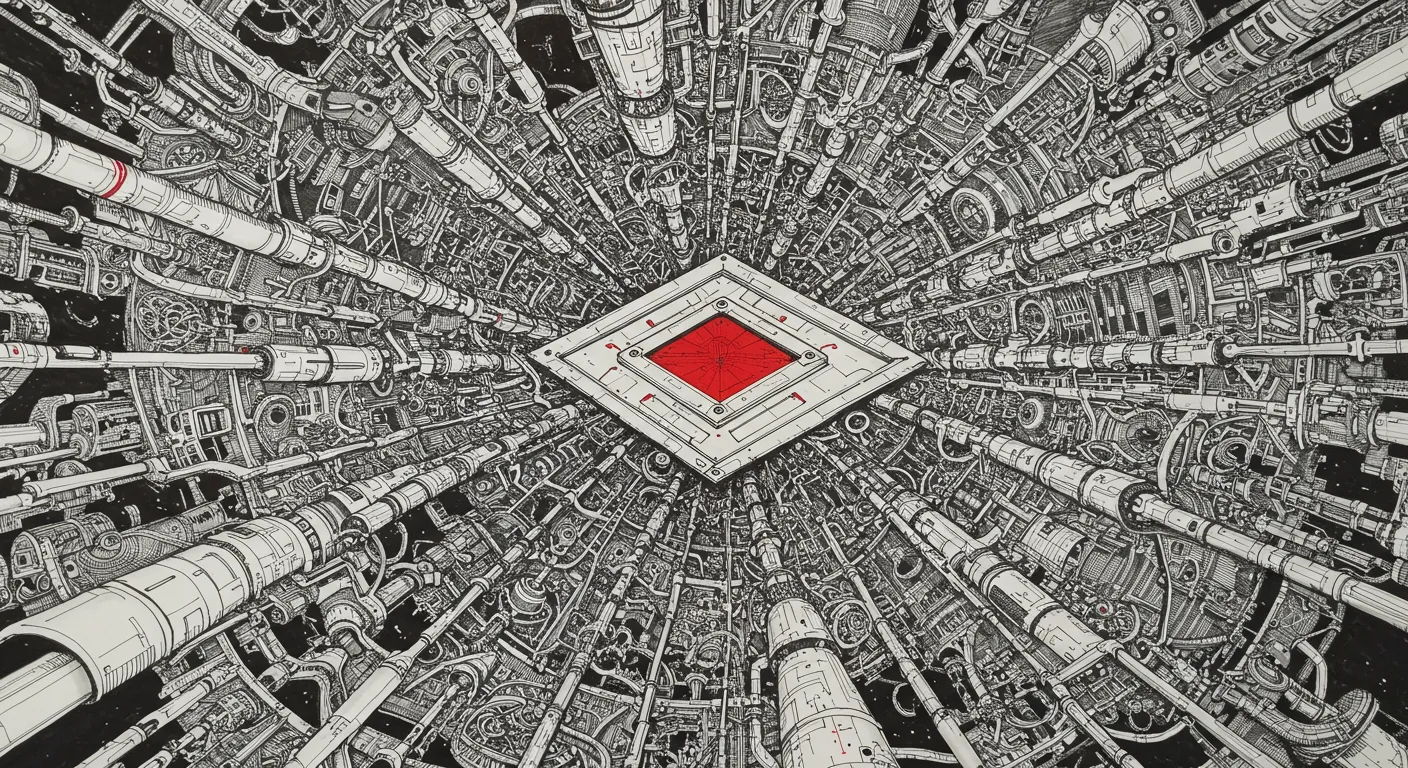The world of 3D image estimation is experiencing a technological gold rush, with online commentators buzzing about the potential and challenges of cutting-edge visual perception technologies. UniK3D represents the latest breakthrough in monocular 3D estimation, a field that's moving so fast it's making even seasoned tech observers dizzy.
At the heart of the discussion is the breakneck pace of innovation. Online commentators are simultaneously excited and overwhelmed by the constant stream of new methods and research papers. One participant noted the challenge of maintaining stable tooling in an environment where technological paradigms shift every six months – a problem that some see as an opportunity for disruption rather than a barrier.
The potential applications are tantalizing. From generating point clouds to automated image layering and depth estimation, the technology hints at a future where visual manipulation becomes as simple as drag-and-drop. Developers are exploring ways to extract depth information, cut out foreground elements, and reconstruct scenes with increasing sophistication.
However, the technology is not without its limitations. Commentators point out issues like temporal instability and the tendency to flatten distant objects into single planes. While impressive in demonstrating depth from single images – especially with challenging inputs like fisheye lenses – the current generation of tools is still far from perfect, particularly for critical applications like autonomous driving.
The broader context extends beyond pure technological achievement. There's an underlying narrative of global technological competition, with references to European efforts in autonomous vehicle infrastructure and critiques of current technological leadership. The discussion reflects a tech ecosystem that's simultaneously optimistic about innovation and skeptical of overhyped claims.


